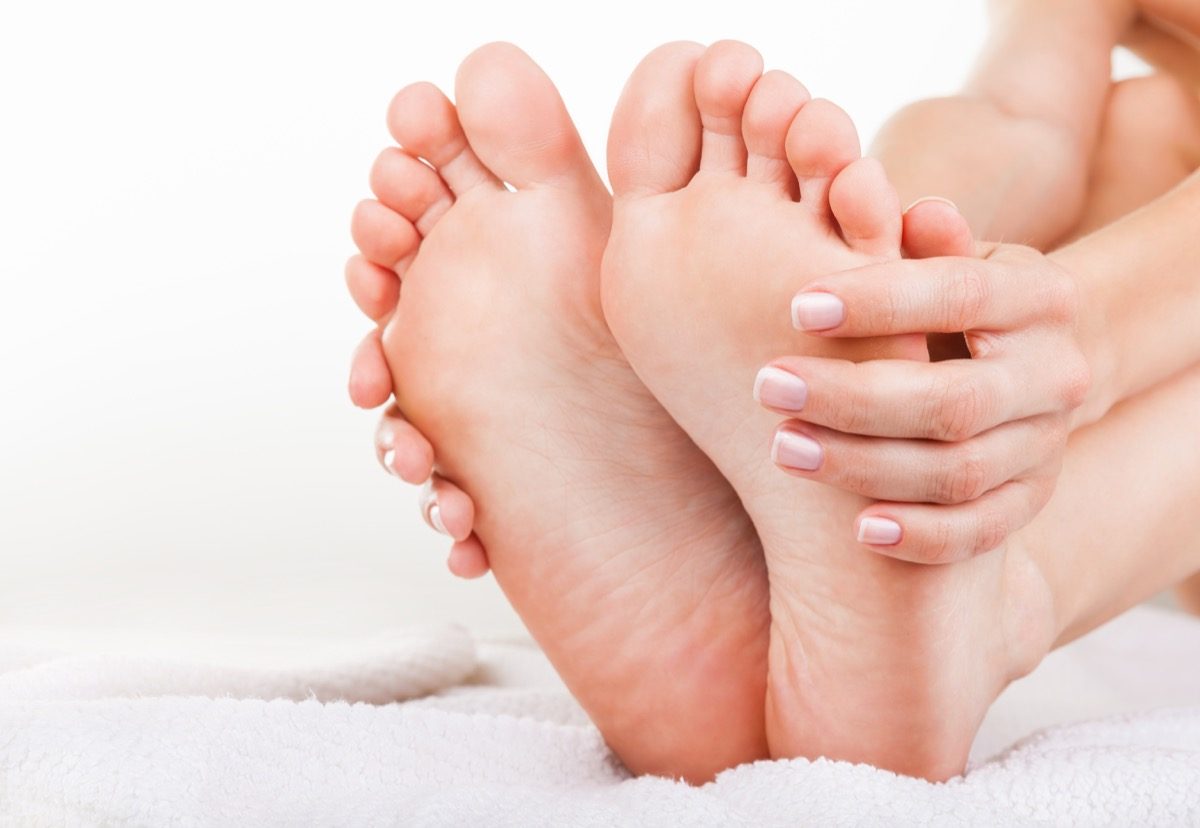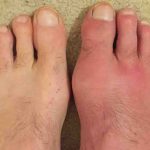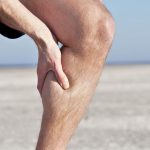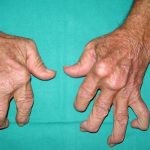Corns/Calluses
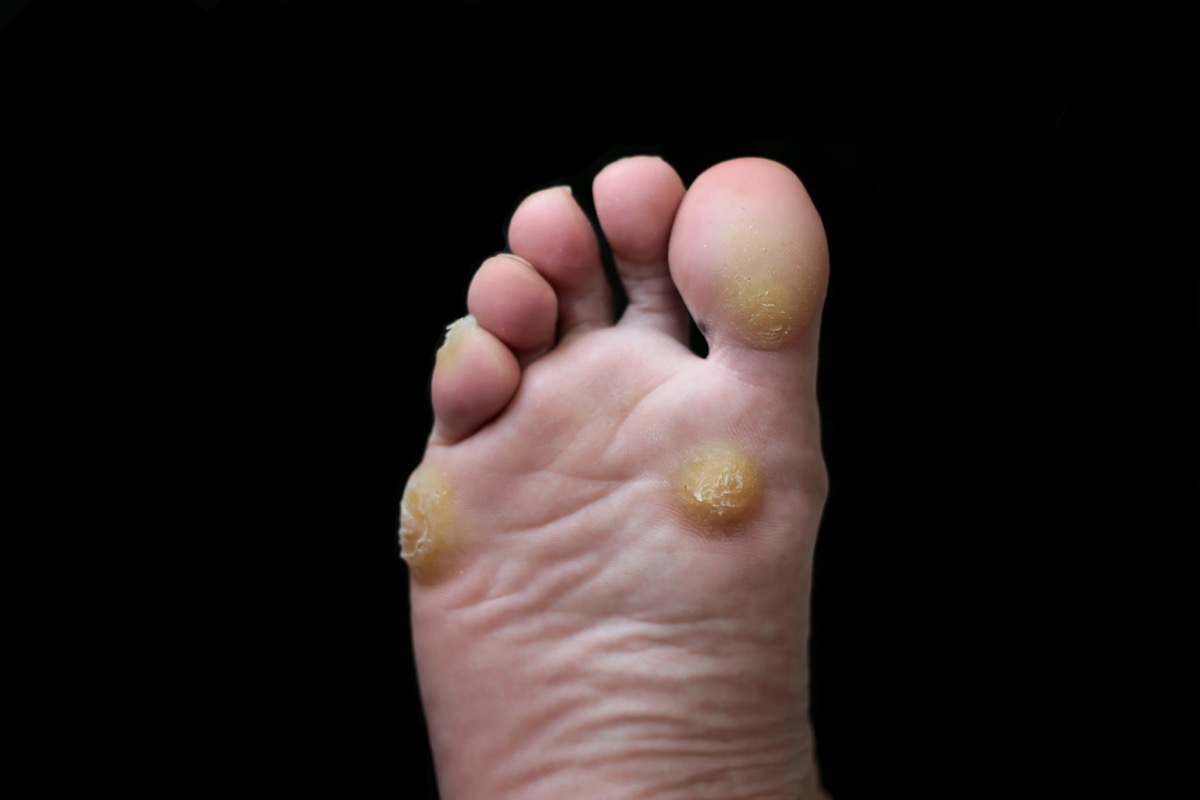
Corns and calluses are often associated with wear and tear and elevated age. However, these are more than just thickening of the skin. Corns and calluses can be potentially harmful and painful depending on where they form.
The difference between corns and calluses is the formation. Both are forms of hyperkeratosis, but calluses are diffused, flattened sections of very thick skin. On the other hand, corns are localized. They take either conical, popular, or conical shapes. Also, you might sometimes hear corns called helomas, clavi, or tyloma, depending on the color, thickness, and shape of the hyperkeratosis. The corns that form between the fourth and fifth toes are something referred to as heloma molle, because they are not hard but soft, whitish, and can leak fluid.
Corns are more painful than calluses and often form in the following locations on the foot:
• On the sole or plantar surface
• Over the metatarsal arch (ball of the foot)
• On the outside of the pinky toe
• Between the fourth and pinky toes.
Hyperkeratosis is a natural defense of the body against places where the skin faces consistent friction or excessive pressure. That is why people who use their hands for work often develop calluses on their palms. However, that’s not the sole cause of calluses and corns on the foot. Abnormal anatomy, such as deformities like hammertoes, bunions, and so on can cause corns and calluses. Footwear that is too small or restrictive can cause thickening of the skin, leading to callus and corn formation. Gait abnormalities are also a cause, such as overpronation, limping, and so on.
More from Things Health
-
Symptoms of Gout
Gout is a form of inflammatory arthritis characterized by recurrent attacks of a red, tender, hot, and swollen joint. Pain typically comes on rapidly in…
-
Causes Of Itchy Eyes
Did you know that insufficient humidity inside the body may cause dry itchy eyes? If you're somebody who does not drink enough fluids each day…
-
Understanding the Causes of Leg Cramps
Leg pains and cramps can be a very uncomfortable experience for anyone. Thus, it is essential that you understand what remedies will work for you…
-
Symptoms Of Rheumatoid Arthritis
Rheumatoid arthritis is a chronic autoimmune illness, which accompanies irritation of the joints and apparent deformities. Maybe a virus, causes an attack on the synovium…
-
10 Common Causes of Gallstones
Gallstones are made up of cholesterol that develop in the gallbladder and are usually harmless. However, in the event that they grow larger and start…

